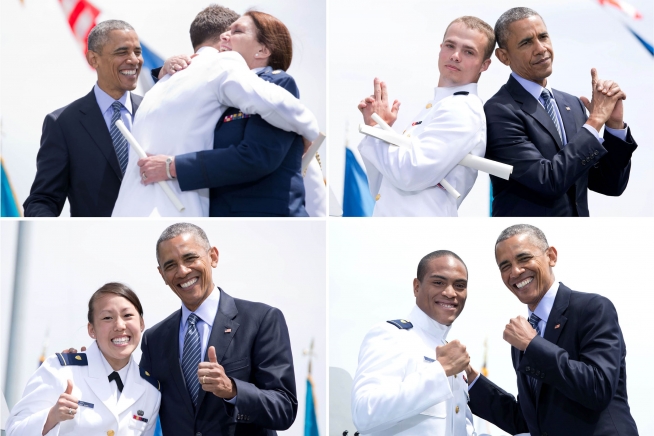More often than not the Department of Veterans Affairs manages to deliver adequate to exceptional health care for former service members. This is done despite many challenges. Just a few examples:
- A history of inadequate funding. In addition to the incredible numbers of jackasses and fools the American public has elected to Congress, the type of funding for the VA itself does not encourage planning for a steady stream of dollars. That is because the VA does not have full mandatory funding. Much of the veterans healthcare program comes from discretionary funding over which congressional members can wheel and deal to get pork barrel dollars for their districts. Full mandatory spending does not seem likely in the near future. And the Continuing Resolution that was passed to keep the government running expires on Dec. 11. That is something I don’t want to think about.
- The clusterf**k that George W. Bush, Dick Cheney et. al. got us into will likely send more veterans to war and return them home — with various health and mental problems — which strains the budget even more.
- The dead weight from the high-dollar VA executives who, while relatively small in number, will continually find reward for their greed. Meanwhile, what does that do for the rank and file?
- Timeliness. The wait for appointments have improved though not uniformly. Medicines that are shipped in the mail get lost. Why can’t you just get more medicine to replace what hasn’t arrived? Sometimes you can. Lost in the mail is still a problem and not just with meds.
So, I give the VA give a pass for many of the screw-ups I have seen during my time as a VA patient and as a journalist who covered the Department for nearly a decade. That isn’t easy though.
My patience is tested on a number of occasions when I have to drive around for 45 minutes to an hour at the Michael E. DeBakey VA Medical Center in Houston to find a parking place in just one parking lot. The Houston VA has signs that announce something to the effect of: Good news. We are building a new parking structure. But in the meanwhile take advantage of our valet service.
I don’t want wait another hour for a valet to take my auto. I don’t like other people to drive my 17-year-old Toyota Tacoma. It has to last me for some time and I would not at all like someone screwing up my pickup.
The VA phone system in Houston has long been a contentious issue with me. It does seem to have slightly improved. I am afraid to say that, though, because I am afraid something will screw it up. I think a lot of myself, huh? Well, a VA counselor playing psychiatrist gave me a diagnosis as having a “narcissistic personality disorder.” I guess that makes me a narcissist then. Yep.
Finally, today in the mail I received one of the “new” cards from the VA reminding me of my appointments. These two cards are printed on all four sides and are held together by a perforated strip. They replace the old letters notifying veterans of appointments.
On the side with my address it says: “Dated Material — Open Immediately.” This makes me think: “Are they going to send the VA Police to arrest me because I didn’t open the card immediately?”
So I opened it within 30 minutes or so, only to find:
“ALERT! Unfortunately, your upcoming appointment has been cancelled. This appointment is cancelled: Date :Thursday, Nov. 5, 2015 … “
Oops.

